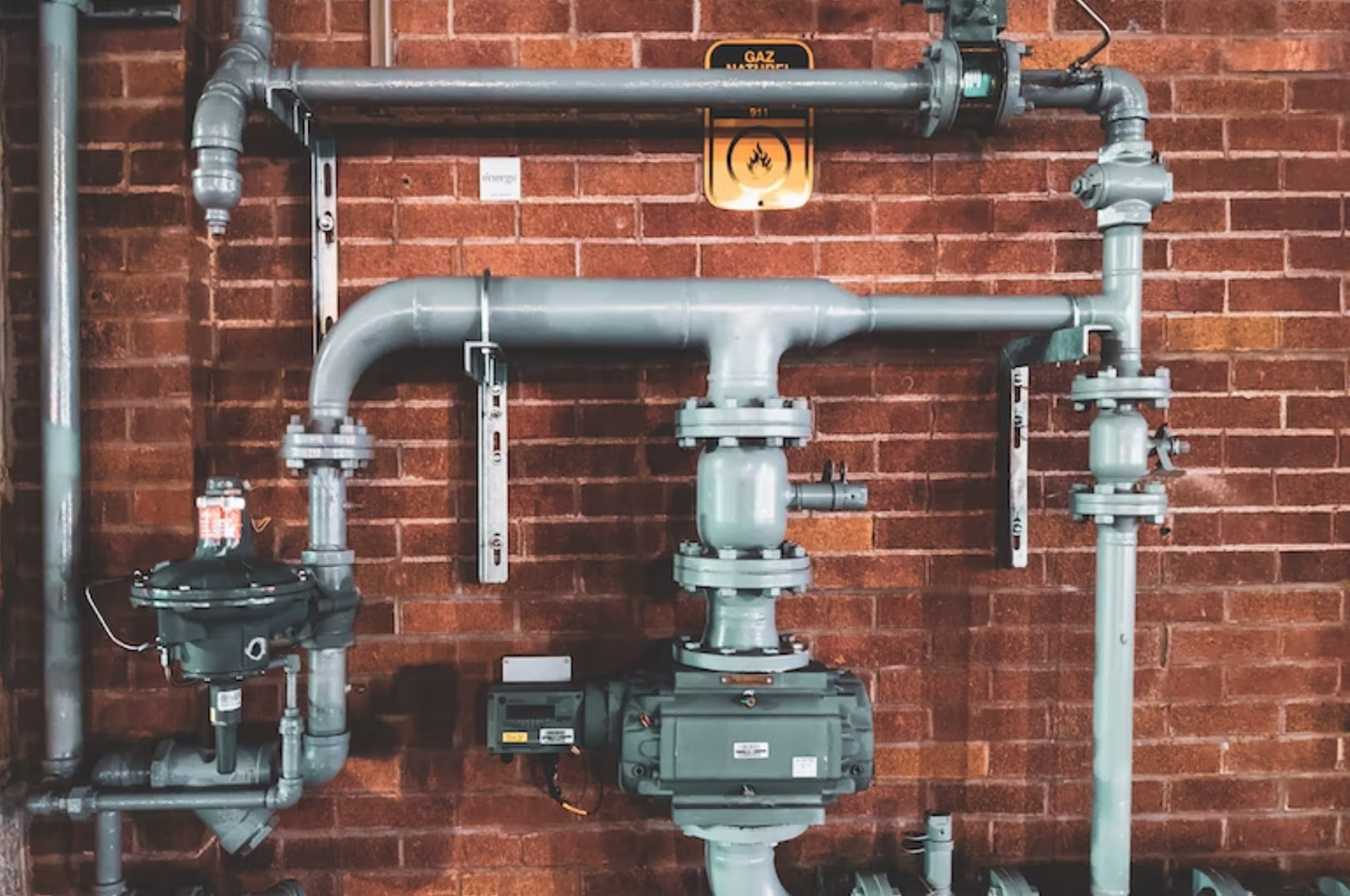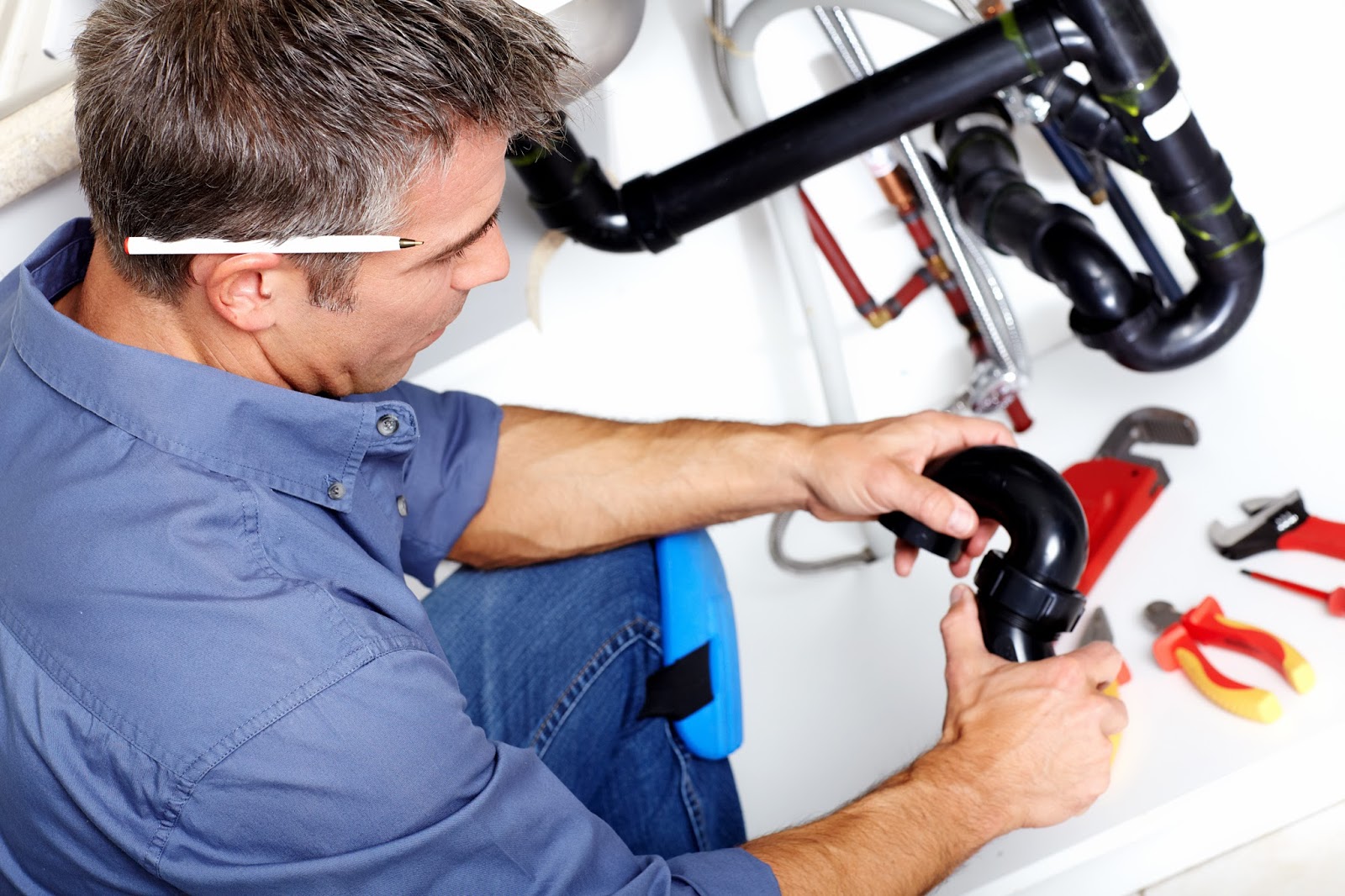Fixing Plumbing Issues in Older Homes: Effective Methods
Fixing Plumbing Issues in Older Homes: Effective Methods
Blog Article
The writer is making several great annotation regarding Common Plumbing Challenges In Old Buildings in general in the content beneath.

Older homes typically feature appeal, personality, and background, however they can also bring a host of plumbing issues. Whether you're taking care of aging pipes, low water stress, or leakages, recognizing how to deal with these common issues is important to preserving a risk-free and practical home. In this guide, we'll discover the common plumbing difficulties encountered by older homes and give practical solutions to maintain your pipes in leading form.
Recognizing Common Plumbing Concerns
Aging Pipes
One of the most common issues in older homes is maturing pipelines. Depending upon the period in which your home was built, the pipelines might be made from products that have actually worn away gradually, such as galvanized steel, cast iron, or perhaps lead. These materials can rust, become weak, or develop leakages, leading to water damages and possible health hazards.
Low Water Pressure
If you're experiencing low water stress, it could be because of natural resources, rust inside the pipelines, or old fixtures that are no longer working efficiently. This can be a major aggravation, specifically in areas like showers and sinks.
Leaking Pipelines
Leakages are one more regular problem in older homes, usually caused by corroded or worn-out pipes. Even little leakages can lead to considerable water damage, mold and mildew development, and boosted water bills otherwise dealt with without delay.
Outdated Components
Obsolete pipes fixtures such as taps, bathrooms, and showerheads not just look old but may also be less effective, susceptible to leaks, or incompatible with contemporary pipes requirements.
Pipe Rust
Deterioration is a typical issue in older pipelines, especially those made from galvanized steel or cast iron. Corroded pipes can restrict water circulation, trigger discoloration, and at some point result in leaks or pipeline ruptureds.
Evaluating the Condition of Your Pipes
Evaluating Noticeable Pipes
Begin by examining any type of visible pipelines in your home, such as those in cellars, crawl spaces, or under sinks. Look for signs of deterioration, leaks, or corrosion, which can suggest underlying issues.
Looking for Leakages
Check for leakages by checking areas around faucets, bathrooms, and under sinks. You can likewise check your water meter prior to and after a period of no water make use of to spot concealed leakages.
Water Top Quality Testing
Older pipelines can impact the quality of your water. Conduct a water top quality test to check for impurities such as lead, corrosion, or other pollutants that may be presented by aging pipes.
Solutions for Common Plumbing Issues
Changing Aging Pipelines
If your home has old, deteriorating pipelines, consider replacing them with contemporary products like copper or PEX. This can be a substantial investment, yet it will avoid future issues and improve the safety and security and dependability of your pipes system.
Dealing With Low Tide Pressure
To take care of low water pressure, start by cleaning or changing old fixtures and getting rid of mineral build-up in the pipes. If the trouble continues, it may be essential to replace areas of corroded pipes.
Repairing and Changing Dripping Pipelines
For small leakages, you can use pipeline clamps or epoxy putty as a short-term repair. Nevertheless, it's finest to replace leaking pipelines totally to stay clear of more damage.
Updating Components
Updating old components to modern-day, water-efficient models can boost your home's pipes efficiency and decrease water usage. Look for components with the WaterSense label for the best effectiveness.
Dealing with Pipe Rust
If your pipelines are worn away, replacing them with corrosion-resistant products like copper, PVC, or PEX is the most effective service. Routine inspections and water quality upkeep can aid prevent better deterioration.
When to Call a Specialist
While some pipes issues can be handled with do it yourself remedies, there are times when it's ideal to employ a specialist. If you're taking care of major leakages, extensive deterioration, or are unclear about the condition of your pipelines, a certified plumbing professional can offer expert analysis and repair.
Preventive Maintenance Tips
Routine Assessments
On a regular basis evaluate your plumbing system for indications of wear and tear. Capturing problems early can prevent expensive repair services down the line.
Water Pressure Law
Guarantee your water pressure is within the advised variety to stay clear of stressing your pipelines and components. A plumbing can install a pressure regulatory authority if required.
Water High Quality Maintenance
Install water filters or conditioners if your water quality is poor. This can shield your pipes and components from damages triggered by tough water or contaminants.
Aggressive Pipeline Substitute
If your home has older pipelines, consider proactive replacement before major problems emerge. This can conserve you from emergency situation repair work and water damages.
Verdict
Taking care of pipes problems in older homes needs a combination of vigilance, preventive upkeep, and timely upgrades. By understanding the usual challenges and knowing when to seek expert help, you can ensure your plumbing system continues to be functional and trusted for several years ahead.
Common Plumbing Issues in Older Homes and How to Fix Them
Owning an older home in Australia comes with its unique charm and a set of challenges, especially when it comes to plumbing. The Sunshine Coast has many older properties that can harbour plumbing problems that aren t just inconvenient but potentially costly. Here s a look at some common plumbing issues in older homes and expert advice on how to handle them.
Outdated Piping Materials
Many older homes were built with galvanised steel, cast iron, or even lead pipes, materials that are far from ideal by today s standards. Galvanised pipes are prone to corrosion and clogging, while lead pipes pose serious health risks.
How to Fix:
Replacing old pipes is a job for a professional. Upgrading to copper or PVC piping not only enhances water quality and flow but also increases the property s safety and value. If you suspect your home has outdated materials, a licensed plumber can conduct a thorough inspection and recommend the best course of action.
Corrosion and Pipe Degradation
Over time, exposure to water and minerals can cause pipes to corrode, leading to leaks, bursts, and water contamination. Corrosion is especially common in homes over 50 years old.
How to Fix:
Regular inspections can catch early signs of corrosion. If corrosion is found, the affected section of piping often needs to be replaced. For homes with extensive corrosion, a complete plumbing overhaul might be necessary. It s crucial to consult with a plumbing expert to understand the extent of the issue.
Tree Root Intrusion
Older neighbourhoods usually have mature trees whose roots can intrude into pipe lines, causing blockages or damage. This is particularly problematic for sewer lines, where roots seek out water sources.
How to Fix:
A plumber can use a specialised camera to inspect sewer lines for root intrusion. If roots are a problem, methods like root cutting or hydro-jetting can clear the obstruction. In severe cases, part of the pipe may need replacing. Consider root barriers around the piping to prevent future issues.
Inadequate Water Pressure
Low water pressure in older homes can be due to various factors, including corroded water lines, sediment build-up in pipes, or outdated fixtures.
How to Fix:
First, check if the low pressure is isolated to one area or throughout the house. Replacing old fixtures can sometimes resolve the issue. However, if the problem is more widespread, it might be due to sediment or corrosion. Flushing the system or replacing the affected pipes usually restores normal pressure. Again, a professional assessment is advisable.
Outdated Fixtures
Older homes often feature fixtures that are not only visually dated but functionally inefficient. This includes everything from toilets and taps to showerheads and washing machine hoses.
How to Fix:
Updating these fixtures can improve both water efficiency and the aesthetic appeal of your home. Modern fixtures are designed to conserve water, which can significantly reduce your water bill and lessen your environmental impact.
Conclusion
Maintaining the plumbing in an older home requires a proactive approach. Regular checks and updates are key to preserving these beautiful properties. If you re facing plumbing issues in your older home, it s best to call on experienced professionals like Green & Gold Plumbing & Gas. With the right expertise, even the most daunting plumbing problems can be resolved, ensuring that your home s character is maintained while its functionality is enhanced.
https://gandgplumbing.com.au/common-plumbing-issues-in-older-homes-and-how-to-fix-them/

As a person who reads on Main Plumbing Issues Found in Old Houses, I assumed sharing that piece of content was important. Those who enjoyed our blog entry please be sure to share it. Many thanks for your time spent reading it.
Call Today Report this page